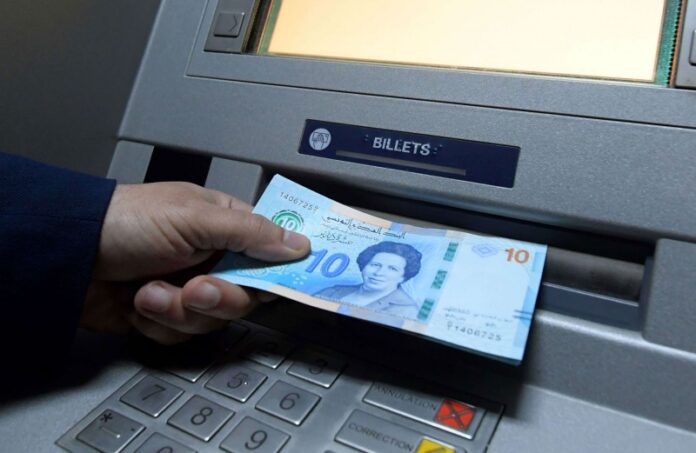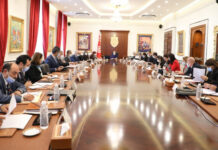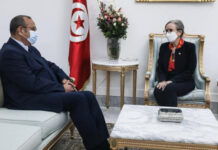A presidential decree was issued in the Official Gazette of the Republic of Tunisia dated September 14, 2021, approving the assignment for the benefit of the state of the special drawing rights allocations assigned by the International Monetary Fund to the Tunisian state, the subject of the agreement concluded on September 14, between the Ministry of Economy, Finance and Investment Support and the Central Bank of Tunisia.
This decree provides for the approval of the assignment for the benefit of the state of the allocations in the amount of five hundred twenty-two million five hundred and forty-nine thousand six hundred and eighty of the special drawing rights assigned by the International Monetary Fund to the Tunisian state, the subject of the agreement annexed to this presidential decree.
What do drawing rights mean?
In this context, Professor of Economics at the University of Carthage, Ridha Choukandali , explained to “JDD Tunisie” today, Thursday, September 16, 2021, that during major economic and financial crises, countries resort to increasing their drawing rights, that is, liquidity
According to him, the International Monetary Fund is a joint stock company. In the capital of the member states, knowing that Tunisia’s contribution is in the range of $775 million.He added that the presidential order published in the Official Gazette means that Tunisia will withdraw only part of its “capital”, about $522 million.
“Trust is lacking internally and externally.”
As for the reason for resorting to this step, Ridha Choukandali indicated that the only reference for following up how the state budget is disposed of in the absence of a supplementary law is the implementation results document until June 2021.
It is worth mentioning that, this document shows that at the level of the state’s own resources, fiscal and non-tax resources and gifts, they were expected to be in the range of 2.8 billion dinars, while only 2.6 billion dinars were saved, with a deficit of 200 million dinars per month.With regard to borrowing resources, 1.6 million dinars were supposed to be mobilized, while the state provided 1.2 million dinars, explaining that 500 million dinars were obtained from the value of the expected external loans set at about 1100 million dinars, but in return the state obtained internal loans worth 700 million dinars, while in The Finance Law this amount had been set at 500 million dinars.
He added that the state borrowed more from Tunisian financial institutions and banks than expected due to its inability to persuade the financial authorities to obtain the necessary loans, which created a state of distrust at home as well and prompted the banks to refuse further lending to the state.
However, Choukandali said that despite the lack of necessary resources for the state, the deficit rate decreased.
As for the state budget execution document in last June, it is clear that the state has pursued a policy of austerity through a reduction in operating expenses and support and development expenditures, which saved about 400 million dinars, thus partially easing the burden.
Our interlocutor, even, noted that despite the lack of necessary resources for the state, the deficit rate decreased.
Referring to the state budget execution document at the end of last June, he added that it is clear that the state has pursued a policy of austerity through a reduction in operating expenses and support and development expenditures, which saved about 400 million dinars, thus partially easing the burden.
Choukandali explained also that if Tunisia obtained the aforementioned amount from the International Monetary Fund, because of this ambiguous political situation and lack of confidence, the country will be able to obtain the necessary resources until the end of the year under an inaccurate financial law based on vague assumptions, which cost the state huge losses, according to the same source.











